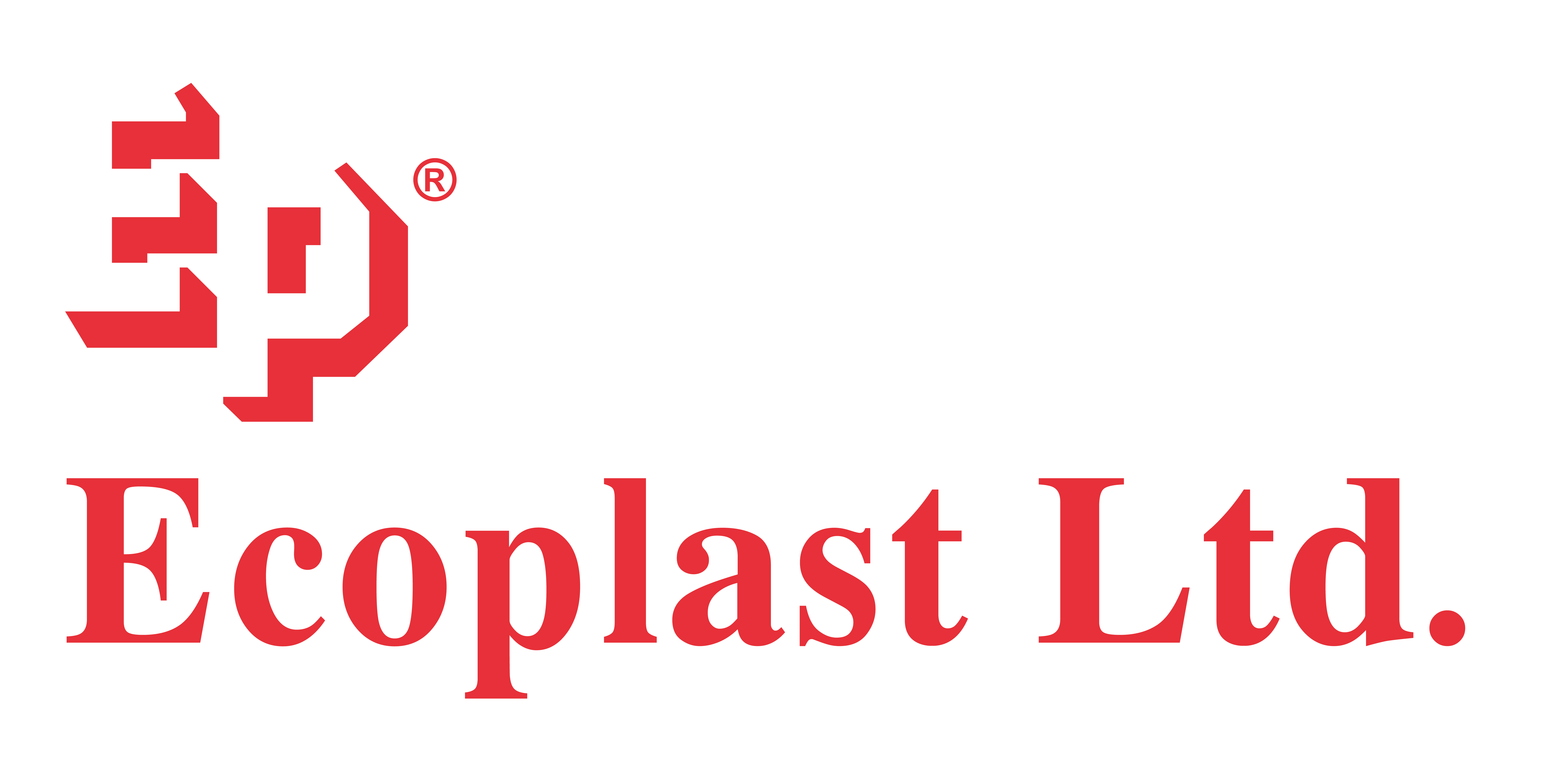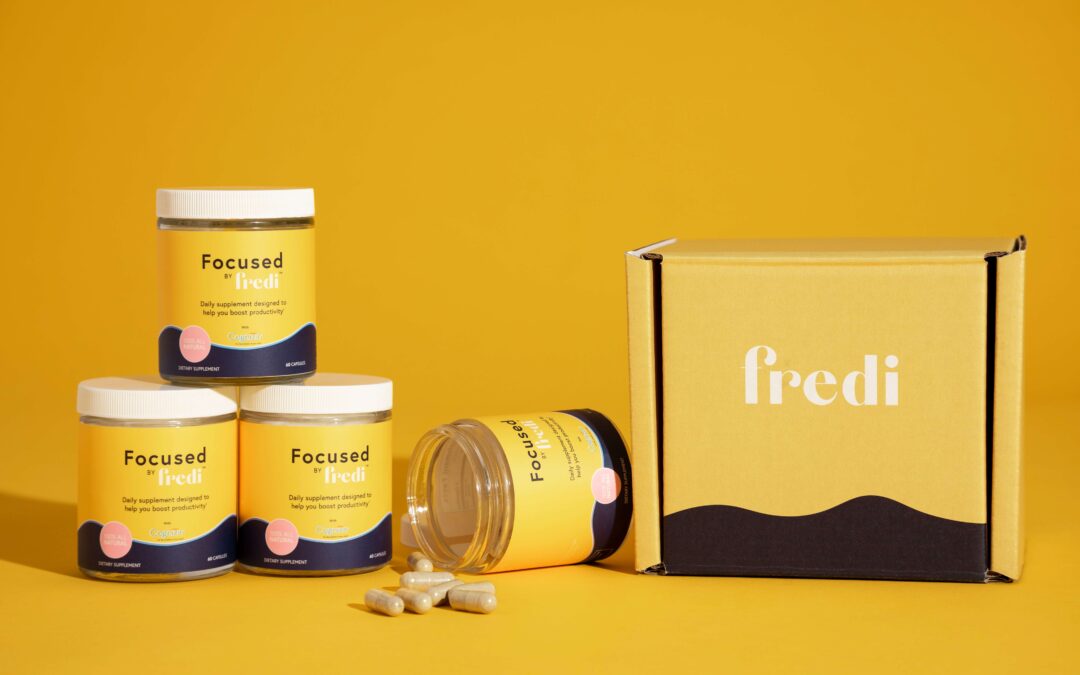Flexible Packaging Is The Future: Top 5 Reasons Why
Yes, the future is unpredictable. However, certain technological innovations come with the promise of thriving for decades after decades. One such product of technology is flexible packaging. The sector has come with a treasure trove of benefits and is here to stay. The prominent presence of this new-age packaging in diverse industries vouches for the fact that flexible packaging is the future. Let’s take a closer look at what it means, along with its types and the reasons contributing to the sector’s quick-paced growth.
What Is Flexible Packaging?
Flexible packaging includes any products made of materials that can yield when filled or closed. These packages can be easily modified in terms of shape, as and when required. The best part about flexible packaging is the impressive range of choices readily available. Each type of packaging material serves a very specific purpose when it comes to protecting or enhancing the appeal of different products and packaging.
The dynamic trends in flexible packaging are designed to serve diverse industries for consumer, institutional, or industrial purposes. Let’s explore some of the main types of flexible packaging.
7 Primary Types Of Flexible Packaging
1. Low-density Polythene (LDPE):
LDPE is an incredibly flexible and lightweight plastic material. These films are known for their low-temperature flexibility, durability, corrosion resistance, chemical and impact resistance. They are quite easy to fabricate by using a high-pressure process.
2. Linear Low-density Polyethylene (LLDPE):
With an impressive potential to absorb impact without puncturing or tearing, it is essentially an evolved form of LDPE. Apart from flexibility, these films are also known for their durability and their chemical resistance properties.
3. Bi-axially-orientated Polypropylene Polymer (BOPP):
These films exhibit unquestionable durability and resistance to moisture, and excellent clarity, making them the ideal choice for retail packaging.
4. Bi-axially-oriented Polyethylene (BOPE):
BOPE is the ideal solution when it comes to the packaging of products that require a high degree of stiffness. The best features of these films are good puncture resistance, excellent heat-seal strength, durability, and moisture resistance.
5. Biaxially-oriented Polyethylene Terephthalate (BOPET):
These are made from stretched polyethylene terephthalate (PET). They are popular for their transparency, reflectivity, high tensile strength, chemical stability, gas and oil barrier properties, and electrical insulation.
6. Biaxially-oriented Polyamide (BOPA):
Much like BOPET, BOPA is also known for excellent tensile strength, durability, aroma barrier, and puncture resistance. But, its most esteemed feature is its high degree of transparency. It is a good barrier against oxygen and certain chemical substances as well.
7. Laminates:
Laminates usually comprise a multi-layer structure, with one of the polymer films or paper supporting the aluminum or metalized films. They are also designed to provide an excellent odor or aroma barrier.
Why Flexible Packaging Is The Future?
The global flexible packaging market was valued at $182.3 billion in 2020. It is projected to reach $325.6 billion by 2030, growing at a CAGR of 6.2% from 2021 to 2030 – these numbers are proof of the sector’s bright future ahead. Let’s explore some of the primary reasons that make flexible packaging a popular solution among businesses belonging to multiple industries, especially end-use domains such as food, beverage, personal care, pharmaceutical, and more.
Top 5 Reasons To Choose Flexible Packaging
1. Lightweight & Customizable:
Flexible packaging products are lighter than their alternatives such as glass, wood, and metal. Hence, they are easy to transport and are less likely to get damaged during shipping. This allows companies to ship more with higher profit margins while also saving on the damage costs. With flexible packaging, less CO2 is consumed while transportation. For example, glass jars for jams and pickles are much heavier and take up more space than flexible packaging pouches. In addition, flexible packaging can also be easily molded in different shapes and sizes to better fit the different brand or product requirements.
2. Sustainable Solution:
The flexible packaging sector comes bearing the gift of sustainable packages that can be recycled easily. Owing to features like zippers and seal top closures, flexible packaging films can be easily reused for several other purposes before being discarded completely. The amount of waste produced and energy consumed in producing these films is a lot less compared to that of rigid containers – almost up to 30-40% lower. It also generates fewer greenhouse gas emissions throughout its distribution than traditional packaging. Flexible packaging helps reduce food and plastic waste, helping brands live up to their promise of adhering to sustainable practices.
3. Online Consumption:
The E-commerce sector is growing fast as a result of spiraling digital transformations. Today’s consumers look for door-to-door services. They look for convenience not just in terms of product functionality but also delivery. This is where the e-commerce industry enters the picture. From daily use things like groceries to high-end products – everything is ready to be delivered online. Flexible packaging best benefits retailers with E-commerce businesses. Large quantities of products can be securely shipped across long distances. Flexible packages can accommodate themselves in smaller spaces, saving on excess transportation costs.
4. Easy To Use:
Apart from sustainability and convenience, there is a third-most important factor that consumers actively look for in a product, i.e. ease of use. One of the brilliant features of flexible packaging products is that they are easy to carry and open as well. Most packages can be re-sealed with zip locks, making it convenient to store food items for later. This benefits both retailers and consumers. Flexible packaging makes it easier for retailers to provide consumers with products that can be bought in smaller amounts from retail stores. This helps make their product look more appealing on a shelf full of other options.
5. Better Branding:
Flexible packaging has opened up interesting avenues for companies to create unique packaging for their products to entice more consumers and keep them coming back for more. These packages can be equipped with attractive designs with ease. With flexible packaging, brands can explore and experiment with their packaging strategies in a way that keeps them ahead of the competition. The package can communicate the brand essence to consumers via high-quality logos and taglines. Printing product packages with engaging designs and messaging goes a long way in terms of improving brand recognition.
Contact Ecoplast Ltd – Leading Flexible Packaging Company
With 40 years of experience, Ecoplast Ltd is one of India’s largest suppliers of multilayer co-extruded polyethylene and co-polymer films to the flexible packaging industry and other specialty applications. We hold expertise in designing and manufacturing Surface Protective Films that protect products such as steel, aluminum panels, carpets, tiles, glass, and more.
Our services are now available in the global markets. We successfully run manufacturing and distribution operations in nine countries – India, Canada, USA, UK, Dubai, Ethiopia, Mauritius, Sri Lanka, and Malaysia, along with an active presence in all major regional markets. Browse through our premium products online. For more information, contact us at: +91-22-2683 3452 / +91-22-2683 1403, or drop an email at: [email protected]


Recent Comments